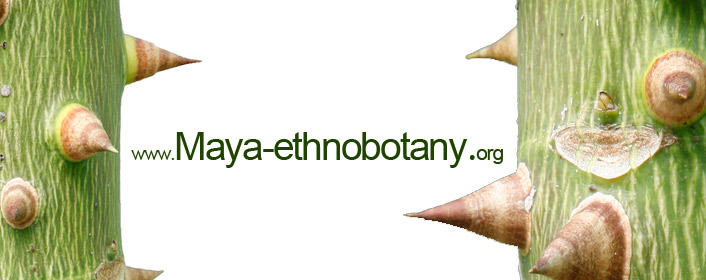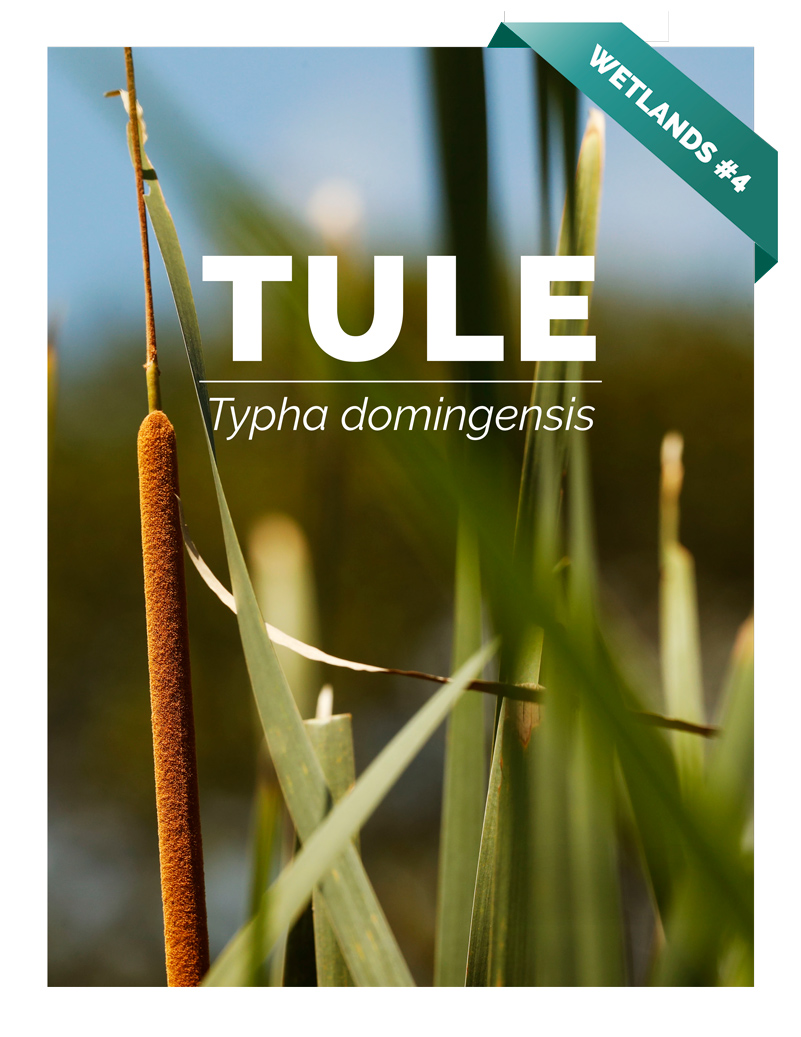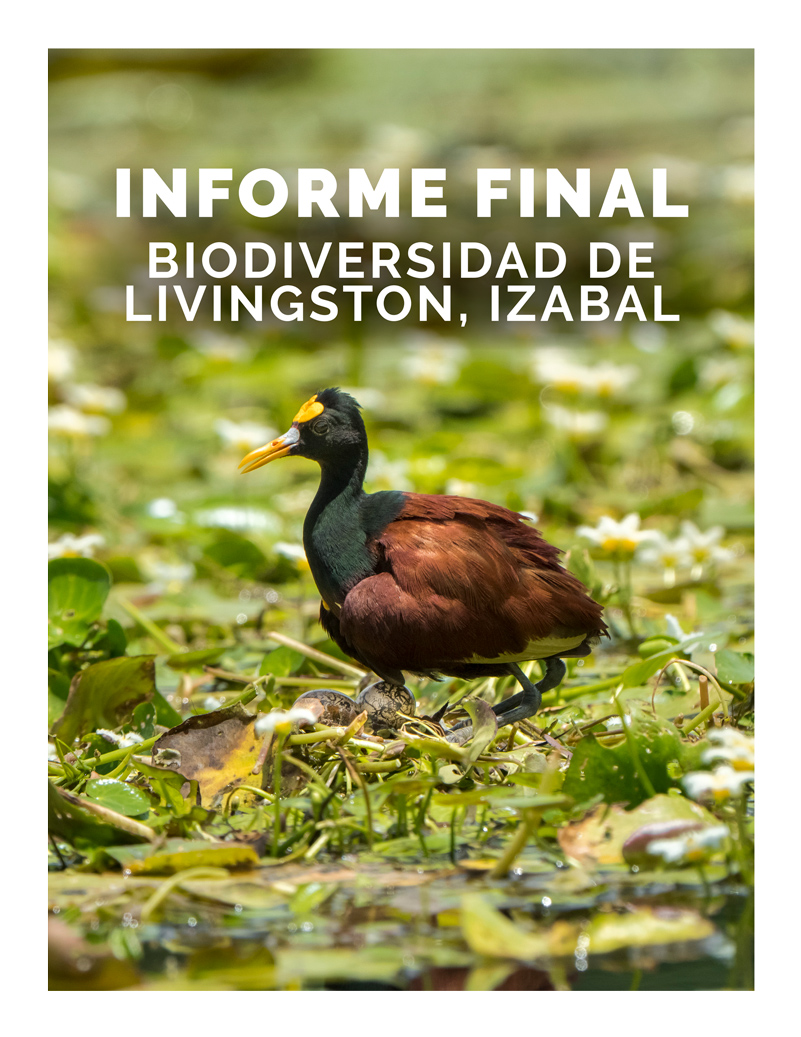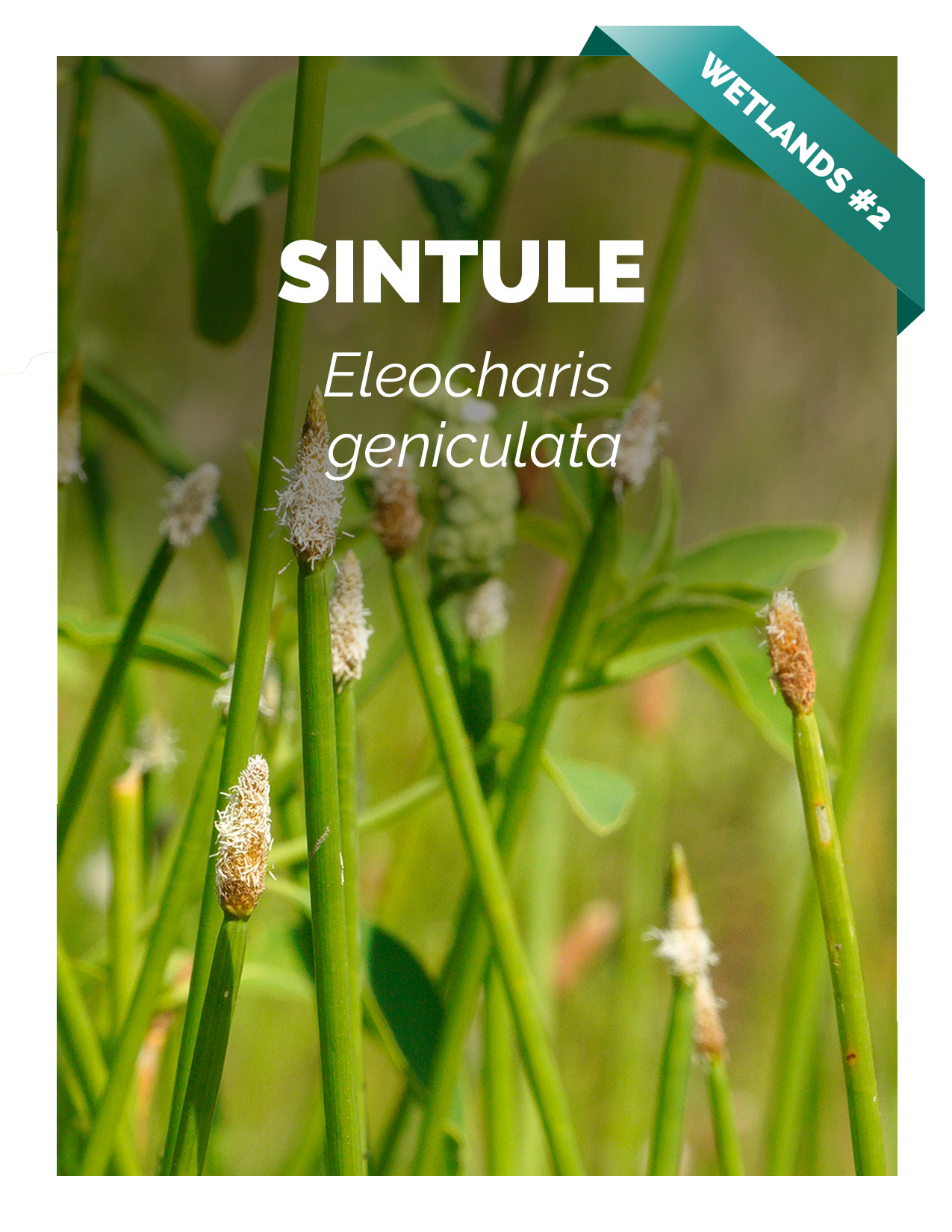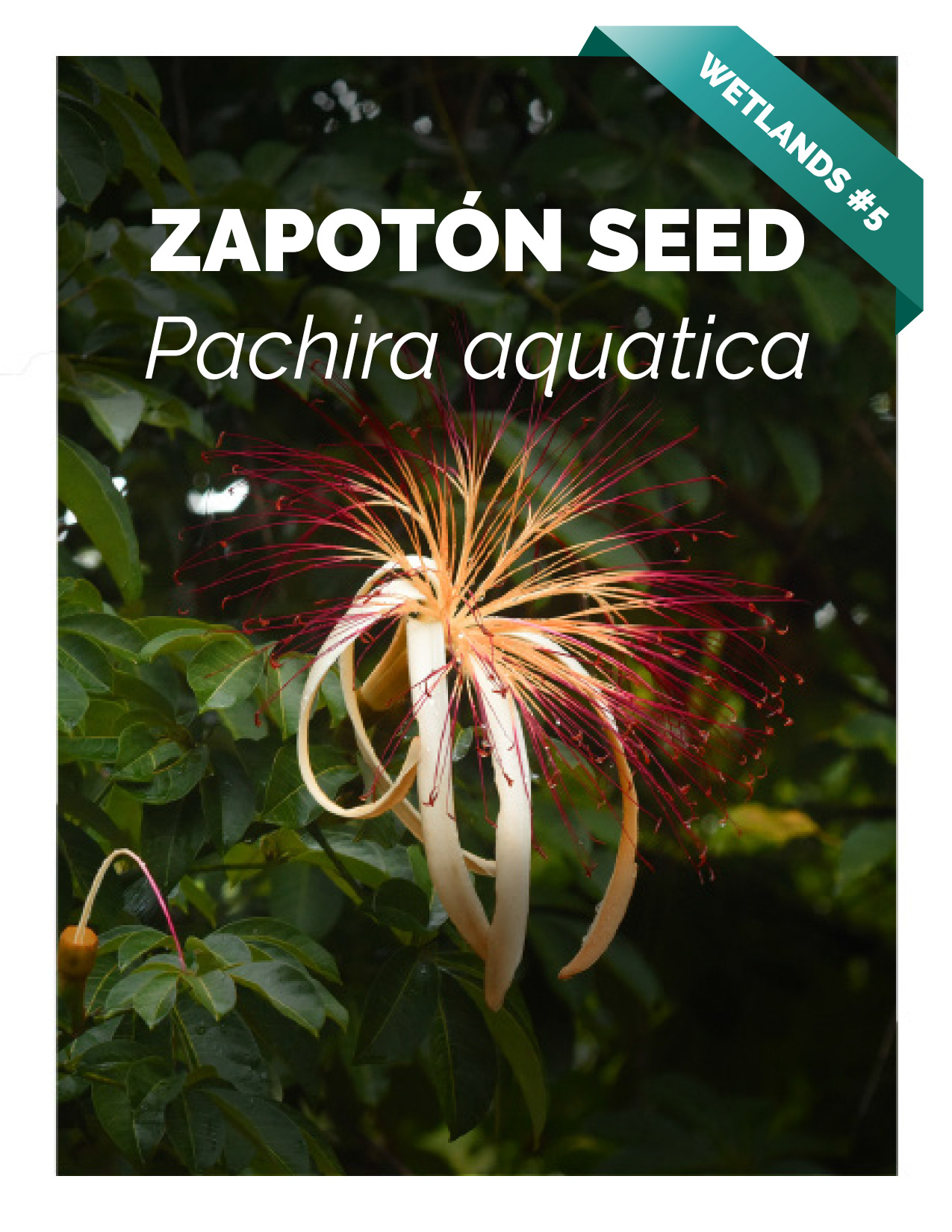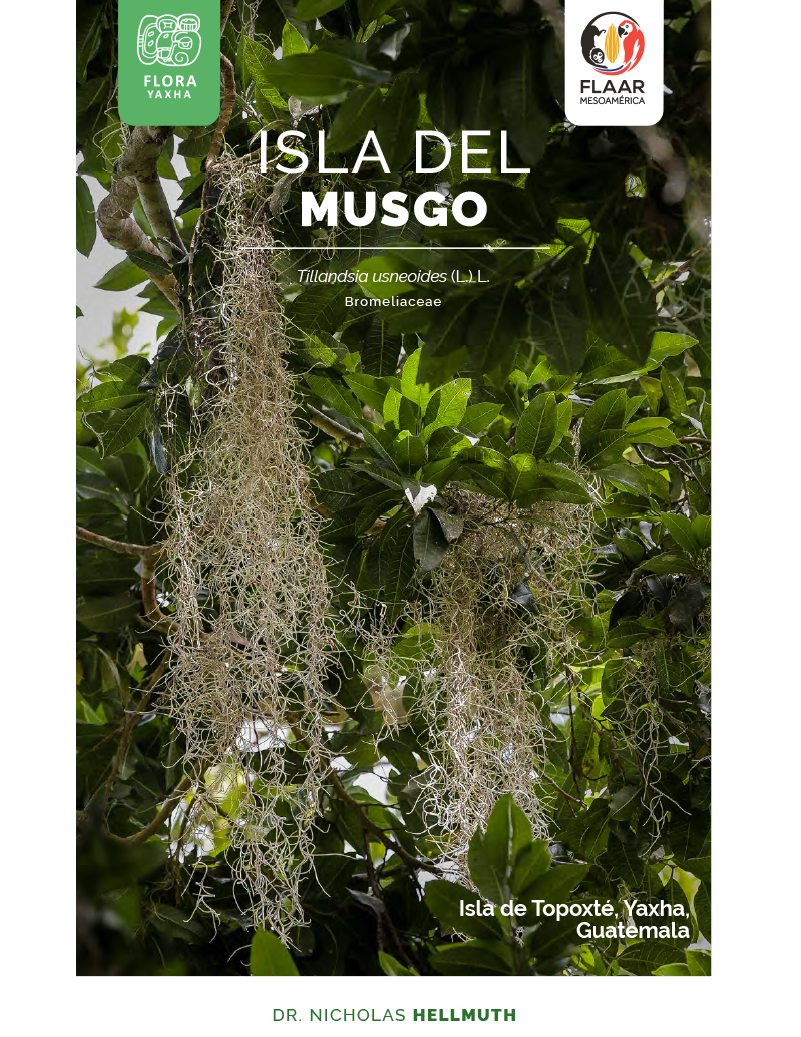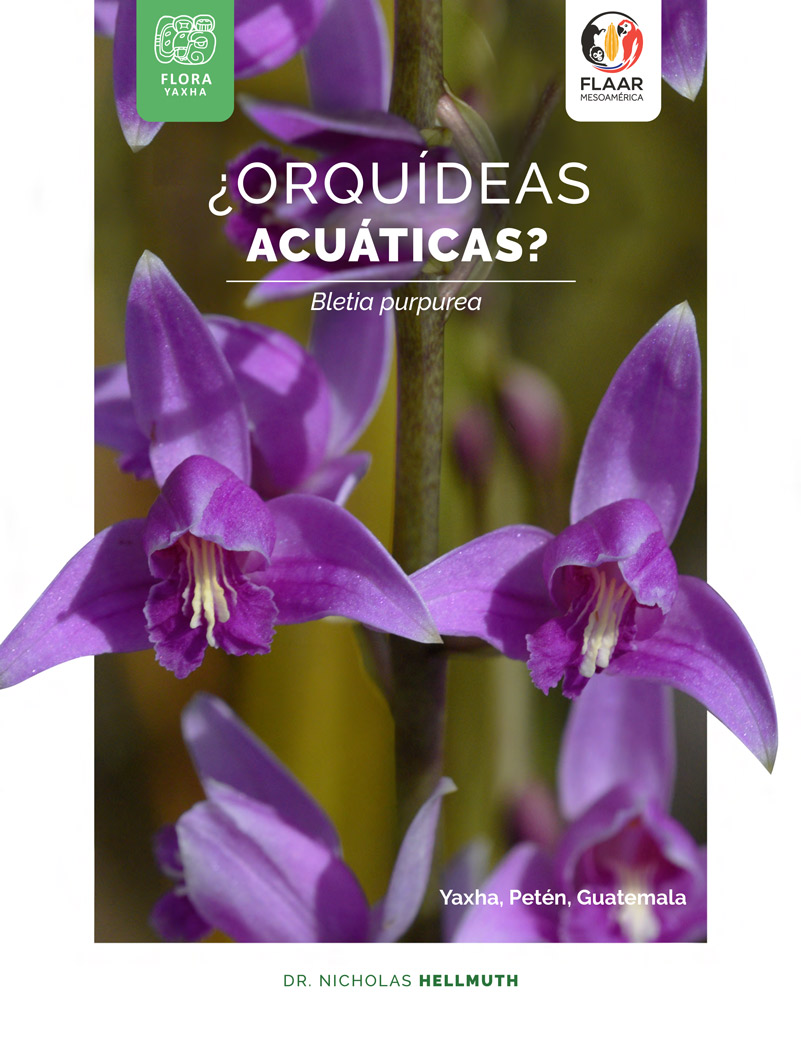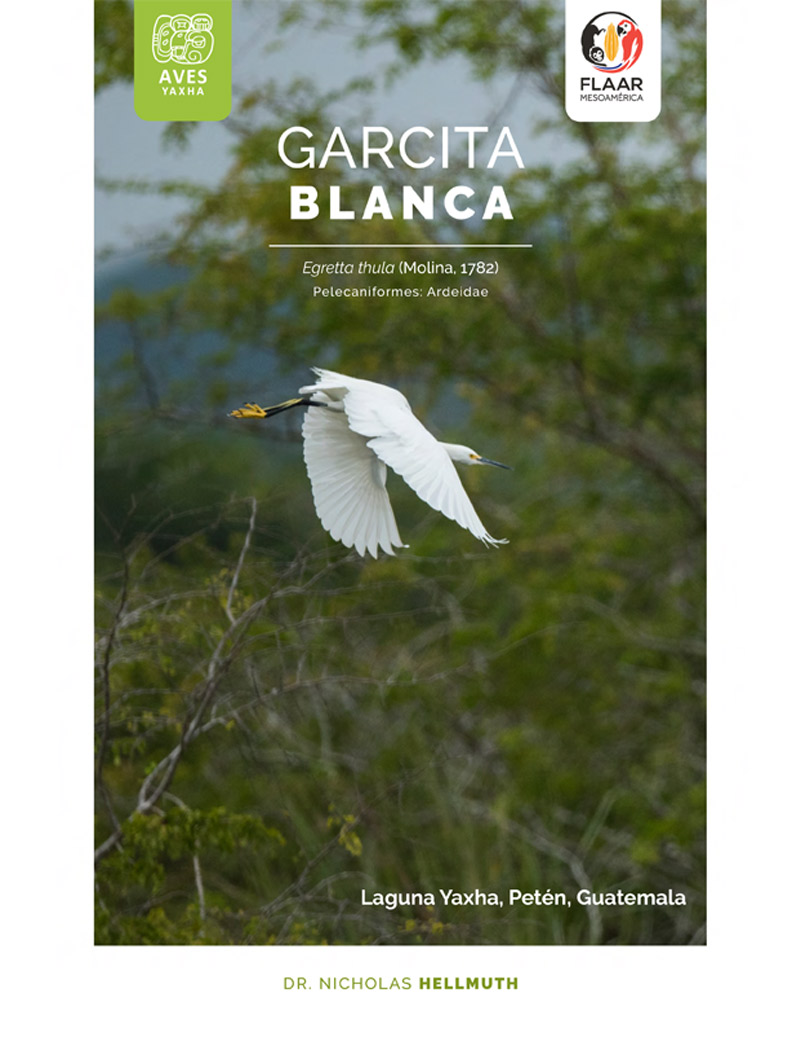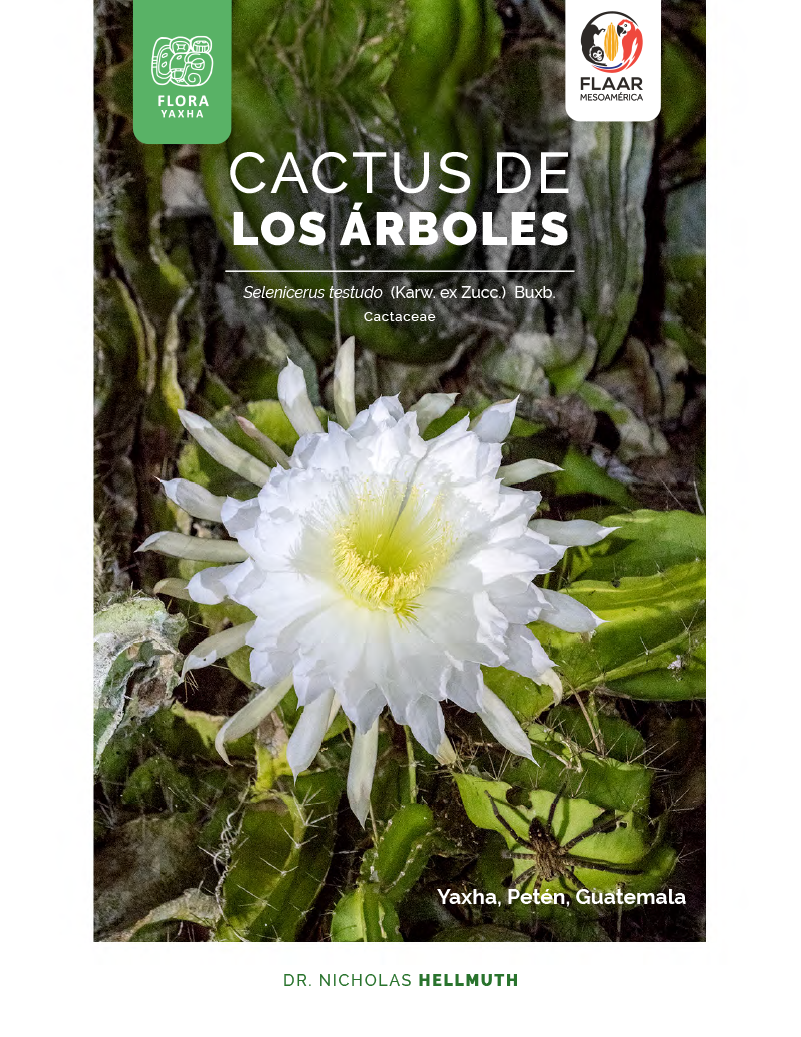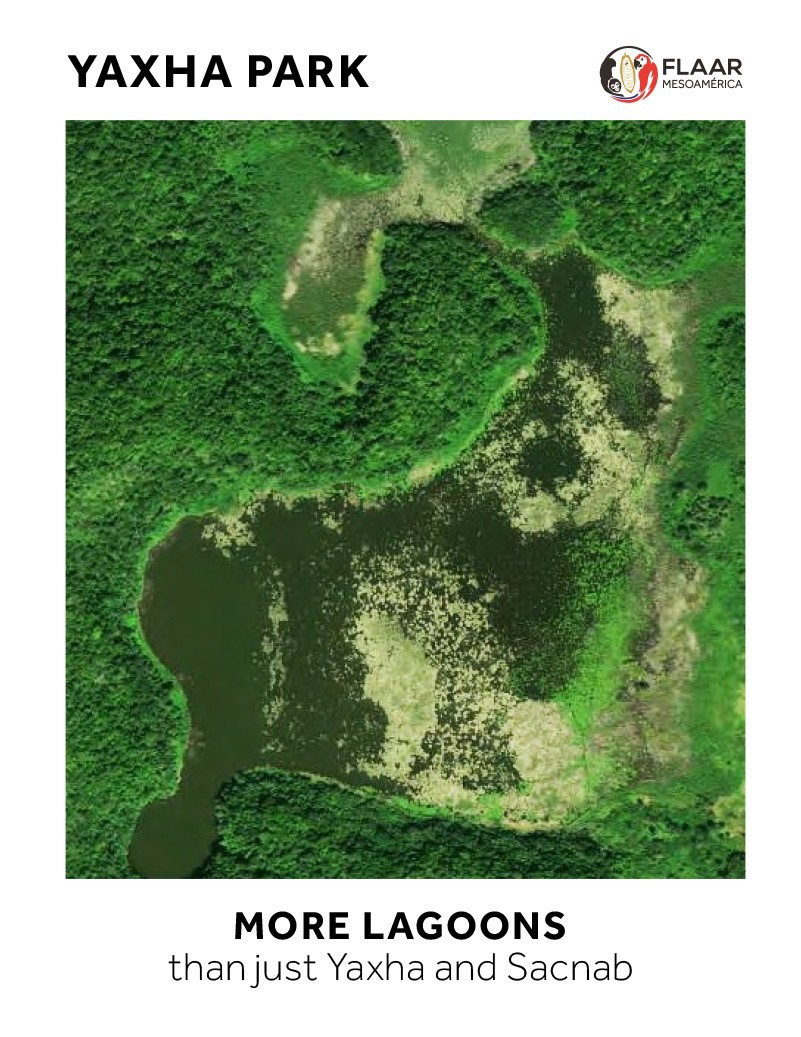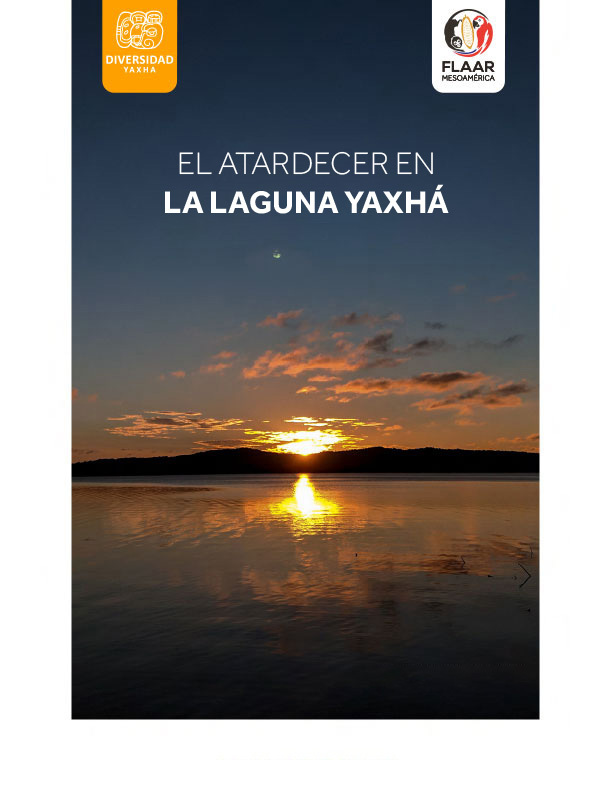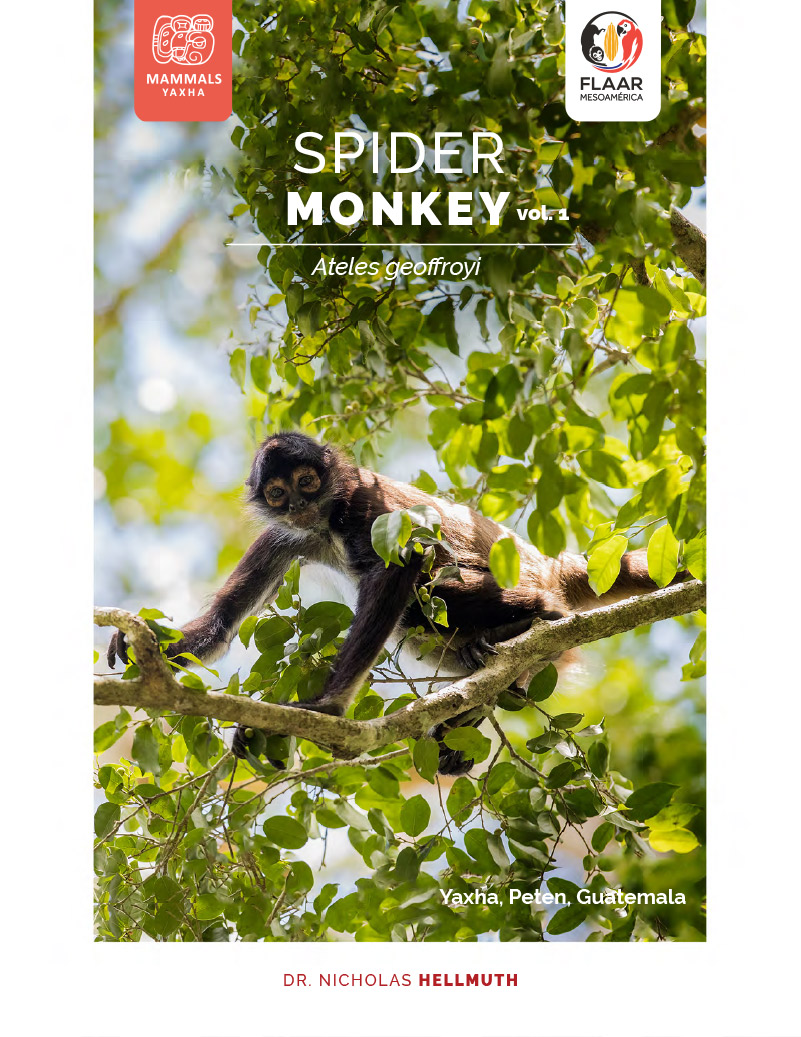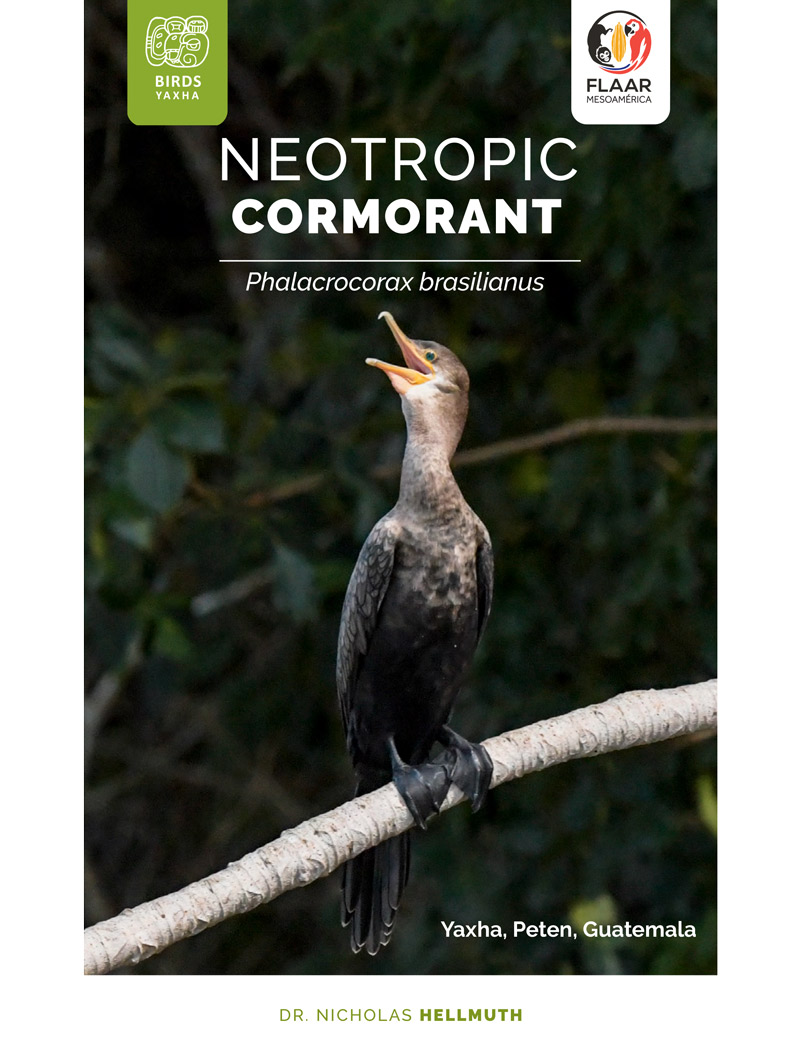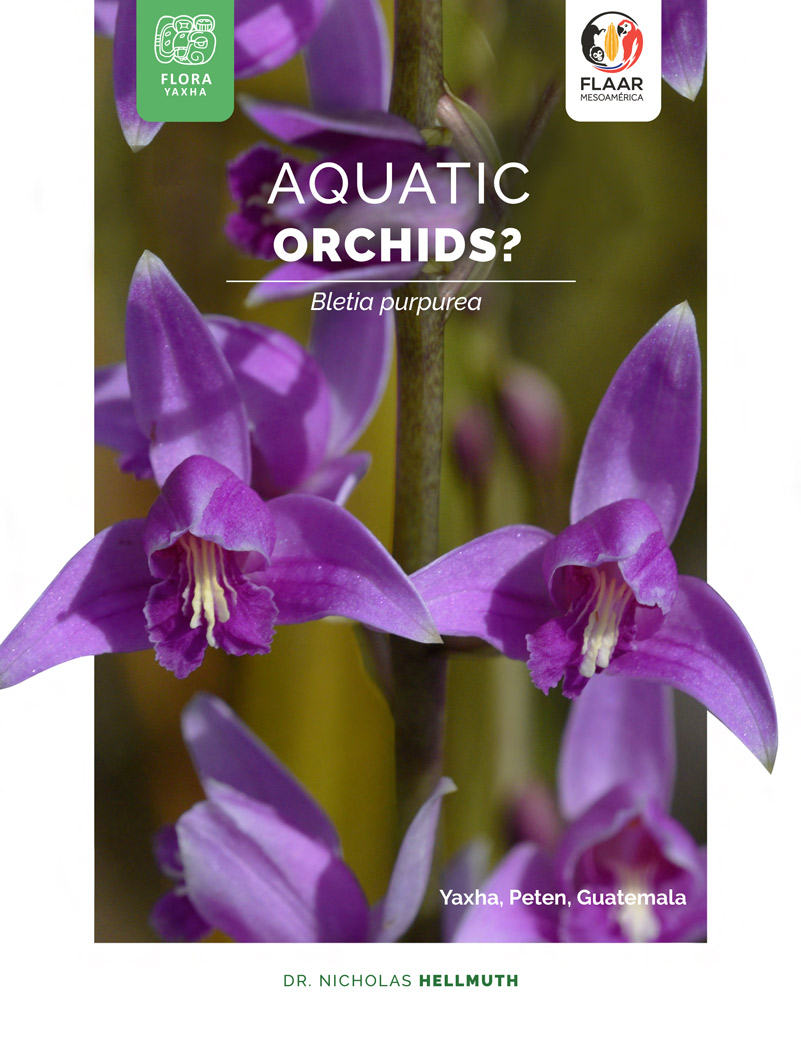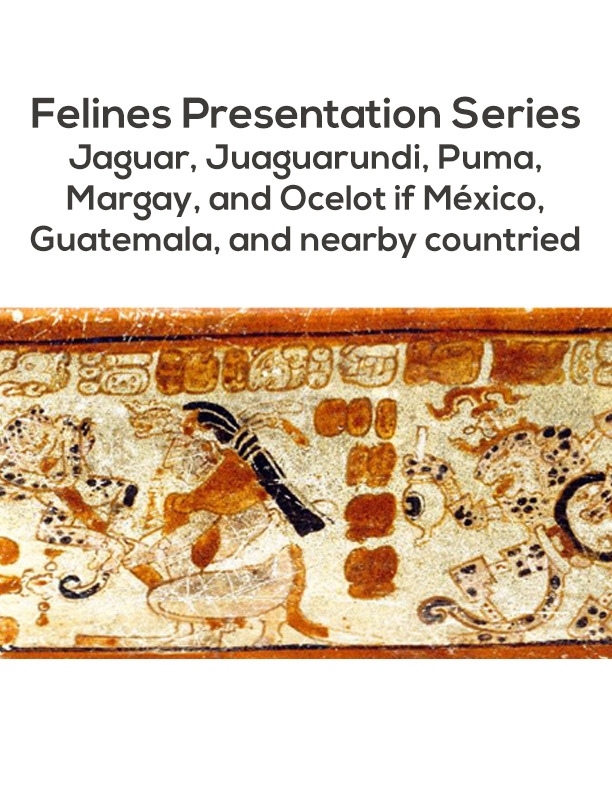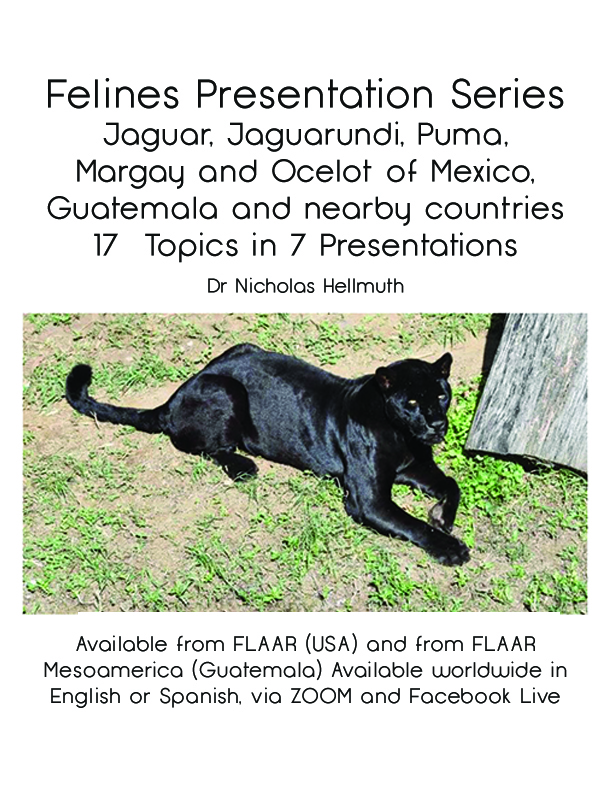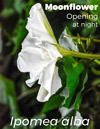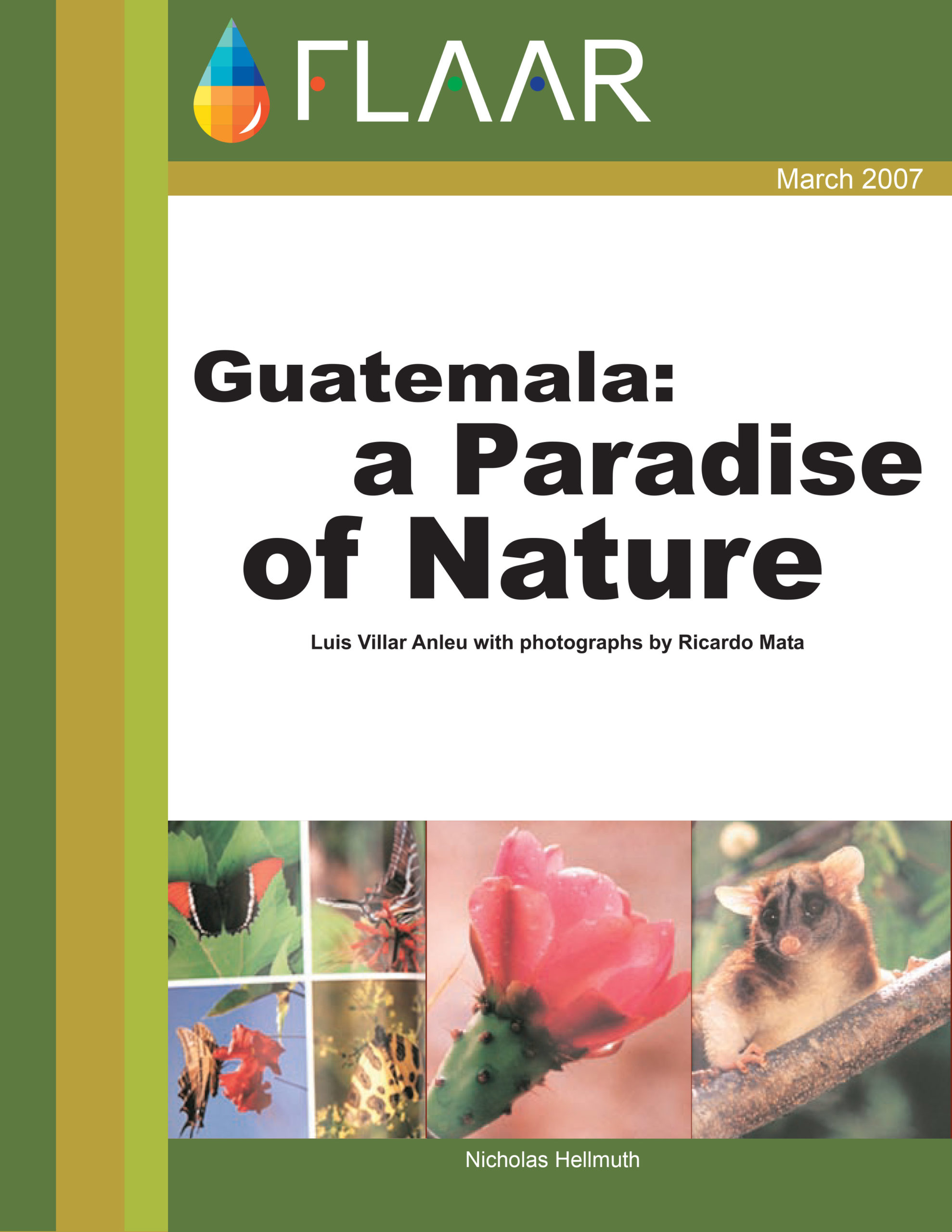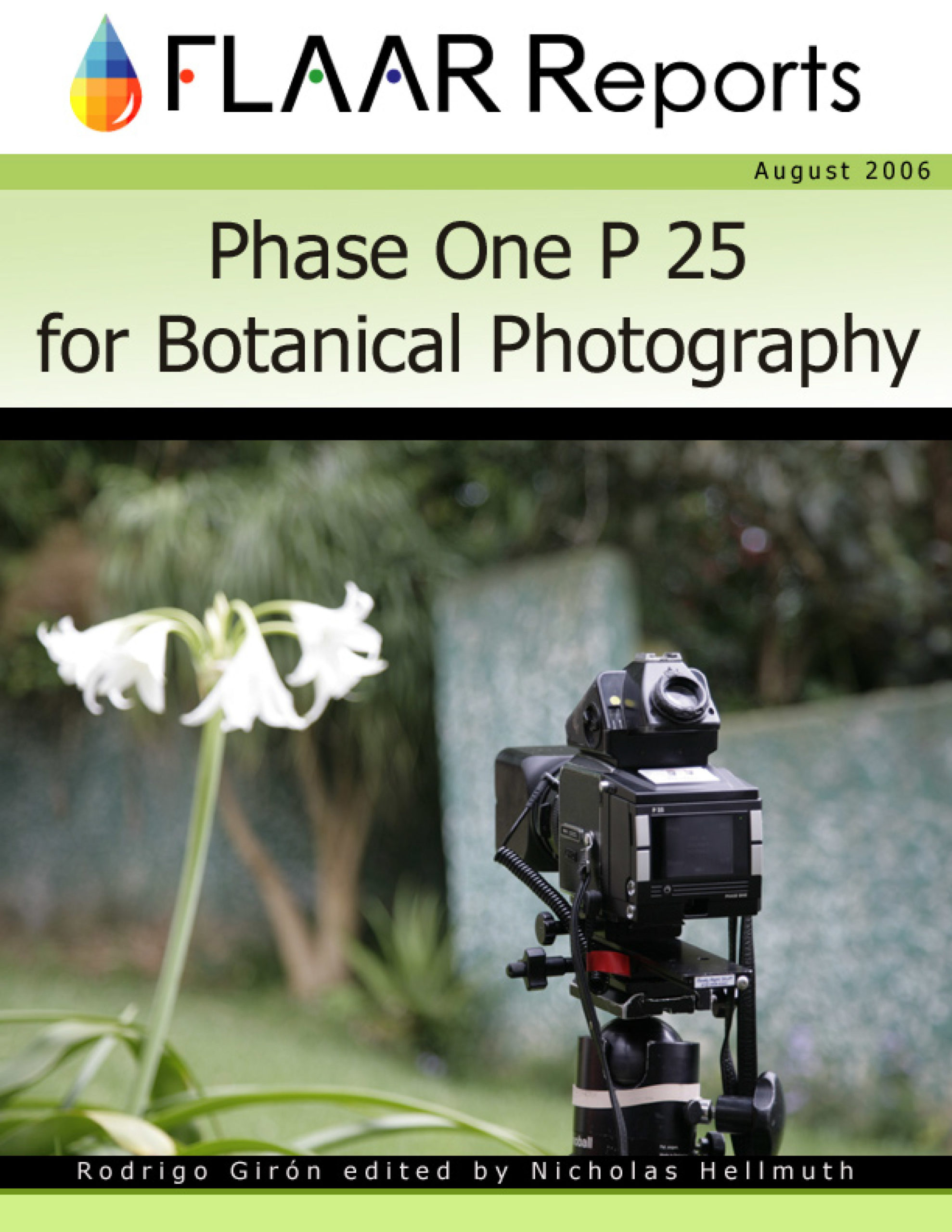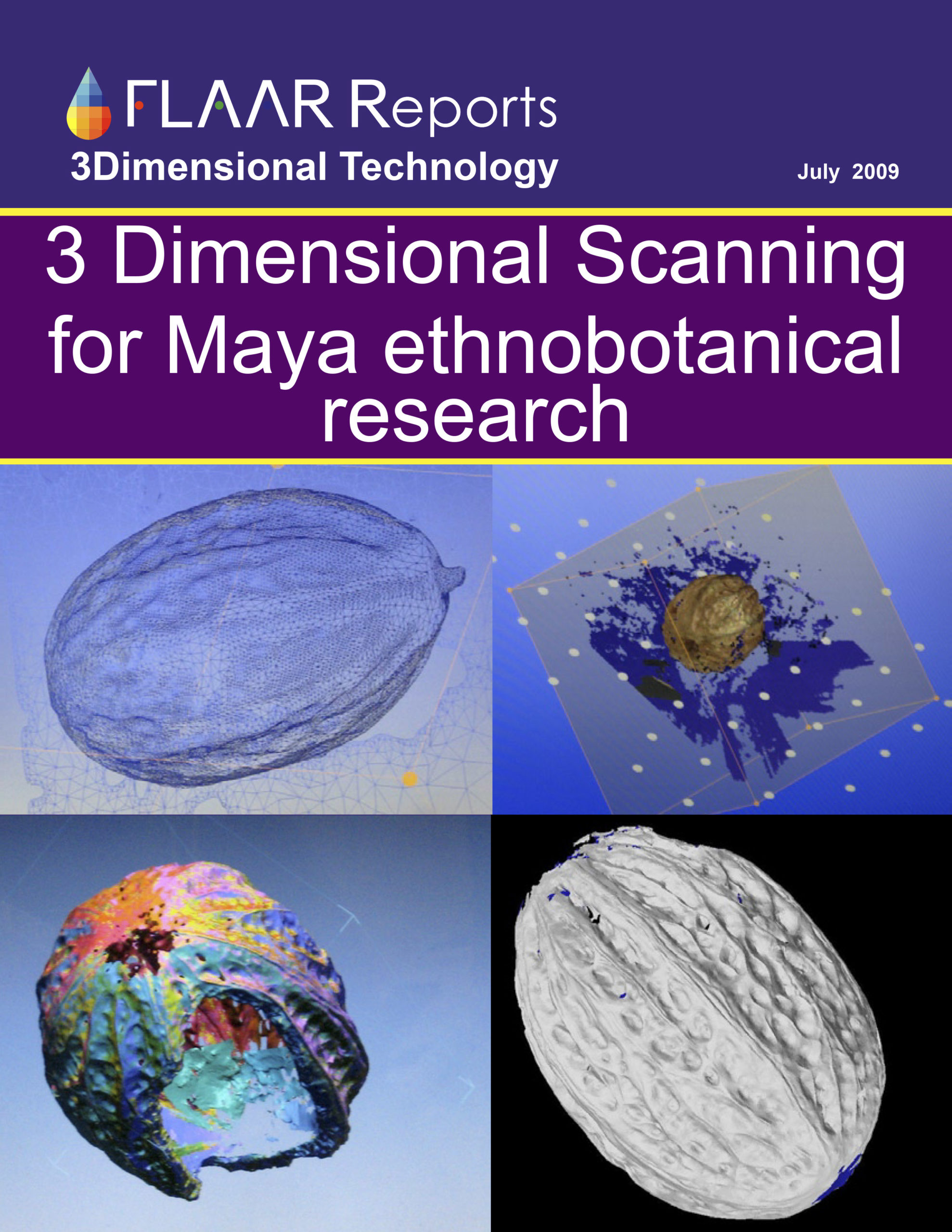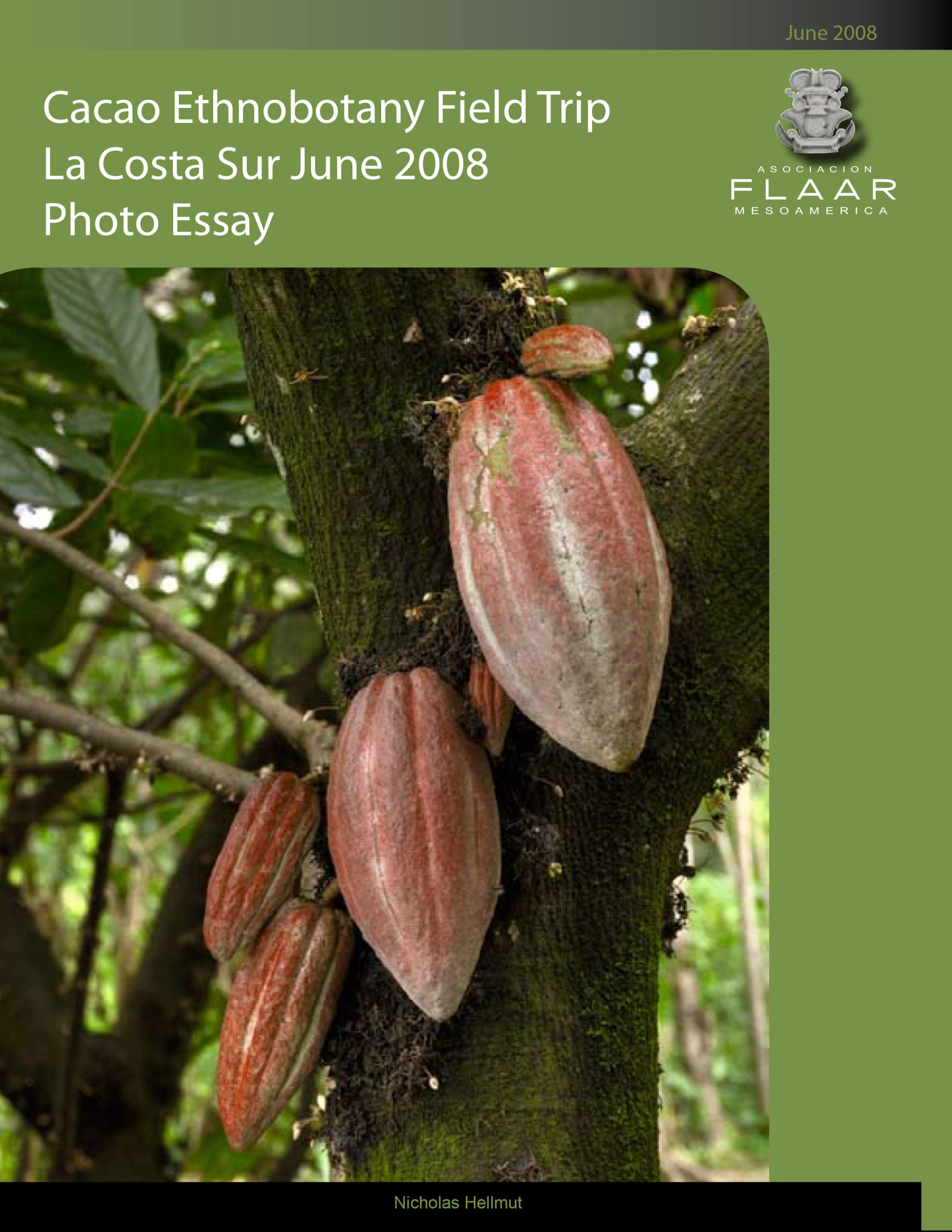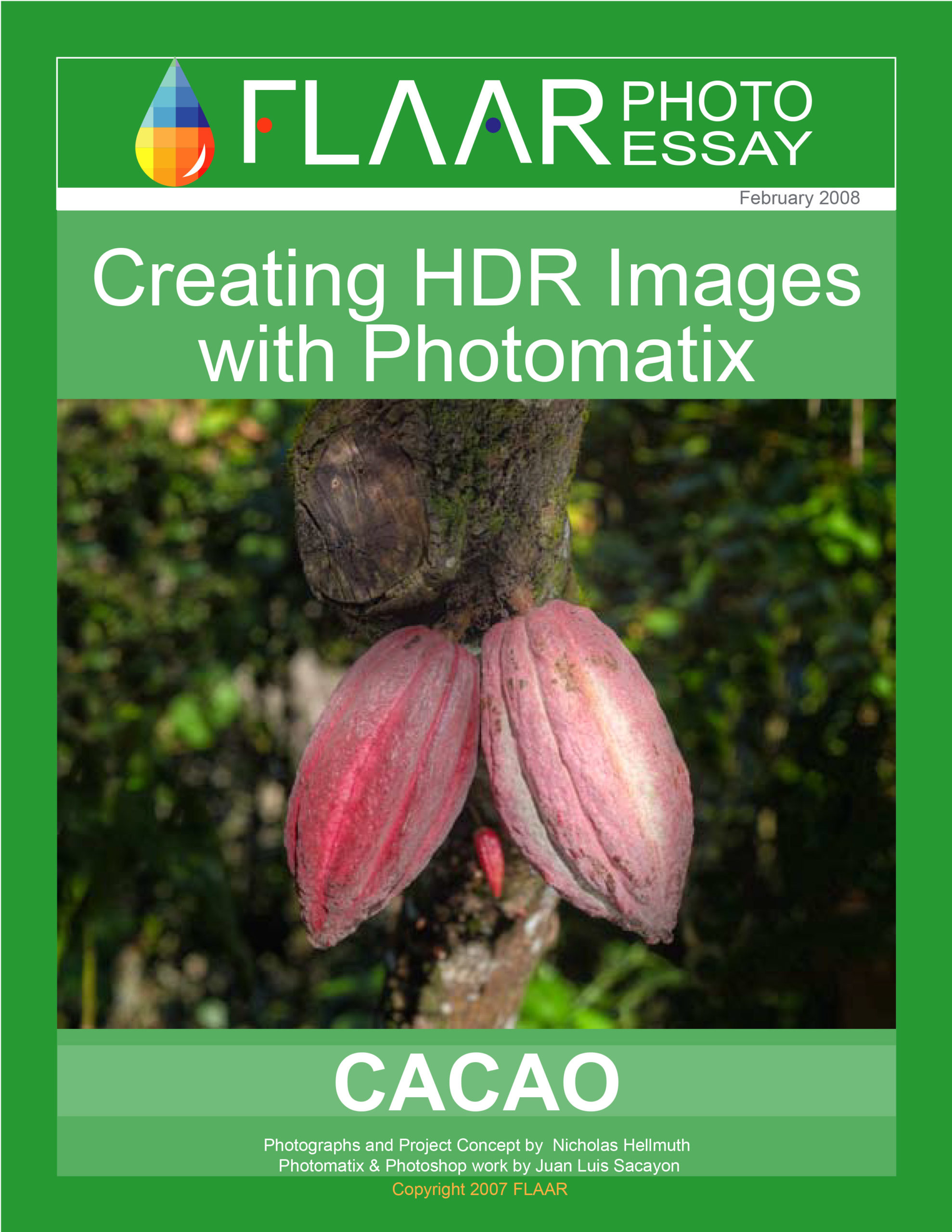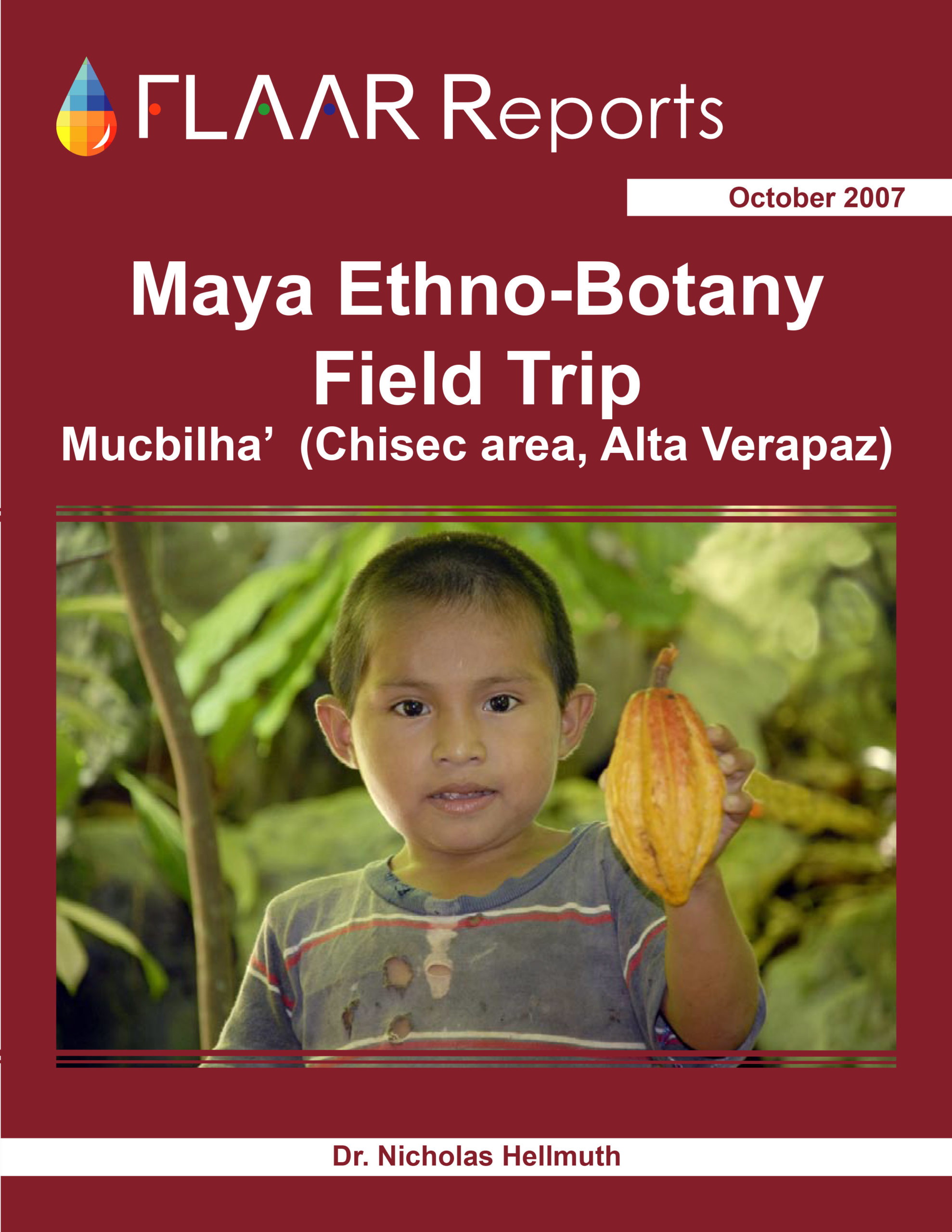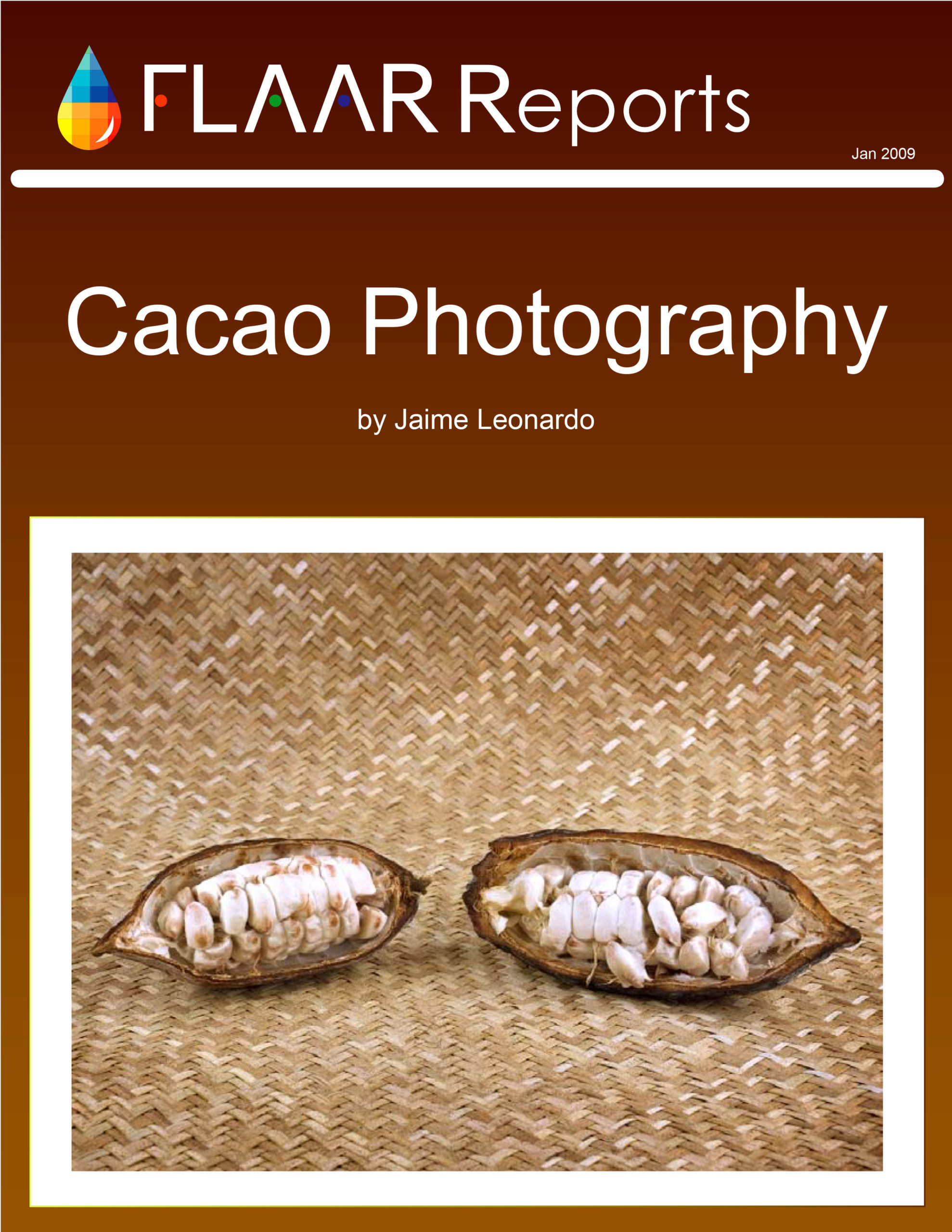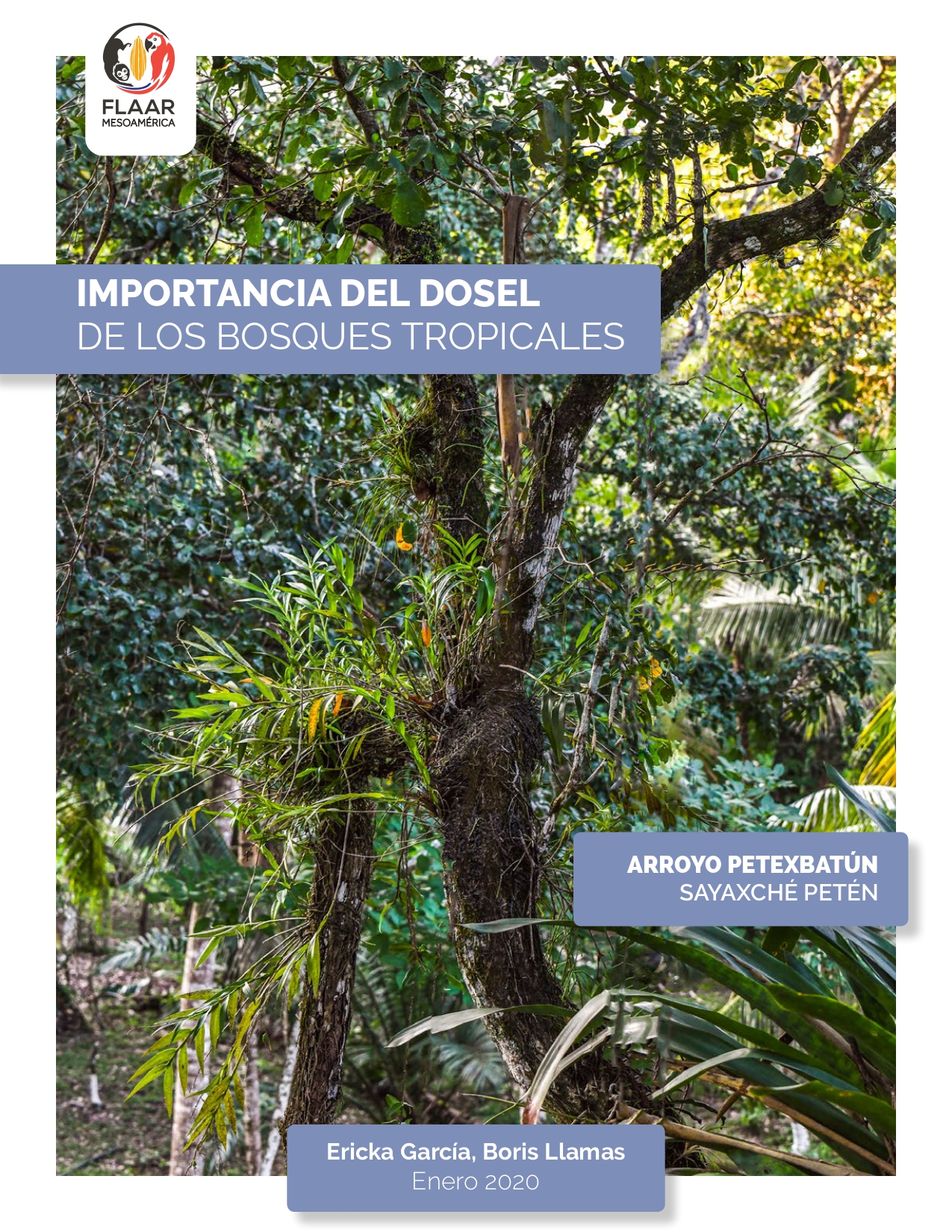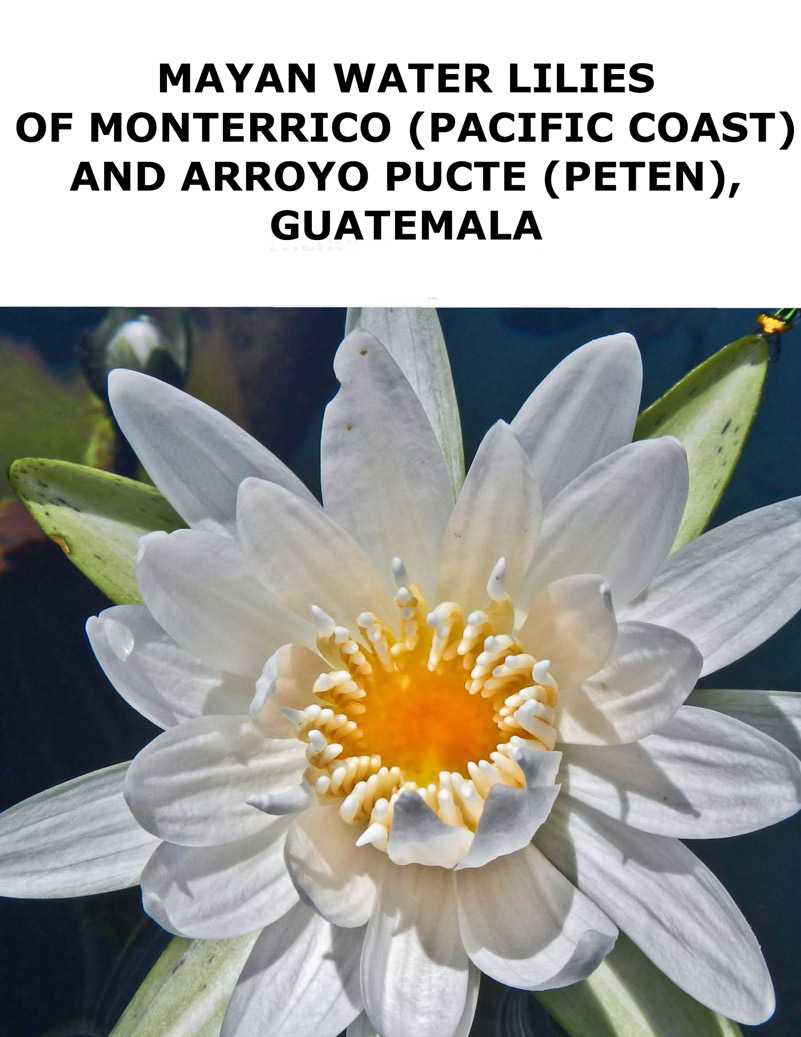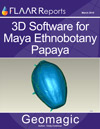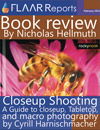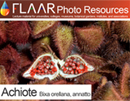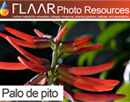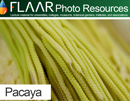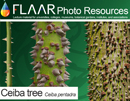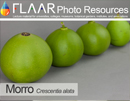When time and funding permit, each flower (each plant species) will have its own page, and its own PDF, and eventually its own PPT so that professors and students have plenty of material on Guatemala (and Honduras, etc) to study.
Heliconia adflexa, Coban, Guatemala, Hotel Monja Blanca, FLAAR, by Nicholas Hellmuth
This space is for flowers
we have recently found and photographed.
|
| Share
|
| Bibliography on Combretum fruticosum and Combretum argenteum in Yaxha area of Peten |
|
Remarkable flower structure: Combretum fruticosum (Loefl.) Stuntz Botanical name is Combretum fruticosum (Loefl.) Stuntz. Local names of course depend on in what part of Mesoamerica you ask, and whether you ask a local person or a botanist. One name is peineto (in Guatemala). Other sites call it flor de fuego, though so far 100% of the flowers of Combretum fruticosum around Yaxha are pure yellow: only the seed pod was red. However on the Internet, you see the name flame red. Perhaps we will experience this color in mid-February when we return to Parque Nacional Yaxha Nakum Naranjo? Orange Flame Vine is the name most commonly used; Chameleon Vine is also listed but not used as often. But as we will learn later either there are two species: red inflorescence and yellow inflorescence, or there is one species with different colors for various factors. Called bottlebrush in Belize (where it is listed as a food source of the black howler monkey (Silver, Ostro, Yeager and Horwich 1998: 269)). In Yucatan the plant (based on its flowers) is called peine de mico or peine de milo. Flowers there in January, February, and March (www.cicy.mx/sitios/flora%20digital/ficha_virtual.php?especie=1179). Called punto on www.conabio.gob.mx list (whose URL is too long to show here). Is Combretum fruticosum a vine? Or a bush? Or a Tree? Some botanists call it a tree (Grandtner and Chevrette 2013: 152). It is sometimes called a bush (arbusto); other times viewed or considered as a vine. In one thesis it is called an arbusto in one tabulation (Garcia 2008: 8) but called an árbol in another in same thesis (page 92). In different eco-systems, and depending on what plants or trees are nearby, its growth style may vary? Where to find Combretum fruticosum ? I first noticed Combretum fruticosum six kilometers from the park entrance, at the left side of the road to Yaxha from Flores-to-Melchor de Mencos highway. You can also see more Combretum fruticosum growing on living fence trees used for living fences along the main highway (from Flores (Santa Elena)-to-Melchor de Mencos). I estimate it is also present among the treetops along Rio Ixtinto (which you enter on the west side of Topoxte Island in Lake Yaxha). We found the thickest area of Combretum fruticosum growing atop low trees in the bajo area between Yaxha and Nakum. Most had to be photographed with an 800mm prime telephoto lens since they were so far away (we did not want to use a machete in the park to hack a trail to enable us to photograph them from closer). One tree had the vines accessible with a 200mm telephoto lens. It was only along the road from the main highway towards the park entrance that the vine flowers were low enough to do close-ups. Combretum fruticosum can also be found in all the areas around Peten: Calakmul (Campeche) is one example (Portal de datos abiertos UNAM). Plants of the Combretum genus are known as the bushwillows. family Combretaceae. Different species of Combretum vines, bushes, or trees can be found around the world: Africa, Asia, with several dozen in the Americas. The species we discuss on this page are all native to the Mayan areas of Mesoamerica. Diverse Colors: Red for some flowers; yellow for others Are they two different species? Standley and Williams say that Combretum fruticosum has red inflorescence and Combretum argenteum is “yellowish green to bright yellow…” (1962: 272). So according to these experienced botanists (albeit with very little experience in Peten area…) there are two species: one yellow inflorescence (Combretum argenteum) and one flame red inflorescence (Combretum fruticosum). Yet the New York Botanical Garden web site has two photos labeled Combretum fruticosum; both are greenish yellow (and not red). Assumed from Belize and not from the botanical garden…. www.nybg.org/bsci/belize/Combretum_fruticosum.html Same with a Czech Republic botanical web site. Even though the flower is yellow and not red, he still calls it Combretum fructicosum. www.biolib.cz/en/image/id47945/ Gorgeous photo, full-page size (which is helpful). Flowers are greenish to greenish-yellow. Photographed in Las Pacayas, Peten, February 2007. And again for Ceibal (spelled in English as Seibal, near Sayaxche). www.biolib.cz/en/image/id45374/ Close-up of group of about six clusters: flowers are greenish to greenish-yellow. Again, even though it is yellow and not red, he still calls it Combretum fructicosum. Photographed in Ceibal (Seibal), Peten, February 2008. Sharp, clear, photo, at helpful LARGE size. So clearly there is a botanical mishmash here: Standley and Williams claim two different species. But no one nowadays uses the botanical name Combretum argenteum. And no web site says Combretum argenteum is synonym for Combretum fructicosum. I have assumed that there may be a red type and a yellow type. Or the yellow ones may turn red when they mature? Or the yellow ones are in different eco-systems than the red ones? I hope botanists can sort this out and help me understand, as so far, all photos of Combretum fructicosum in botanical web pages are yellow (what’s on the Internet from people’s home gardens is typical copy-and-paste from the Internet; what counts is the name provided by botanists). Lundell discusses only the names Combretum farinosum and Combretum mexicanum. His work in the 1930’s was primarily around La Libertad, savanna country, far west of the hills of Yaxha. So work from the 1930’s into 1960’s is not reliable for the names or color issues. I accept Combretum fructicosum as yellow based on two photos of pure yellow inflorescences labeled as Combretum fruticosum by capable botanist Michael J. Balick (his co-author Rosita Arvigo says they are “used to make wine, known as “chew stick vine” (2015: 259). Balick et al. 2000 have zero photos but the common names feature the word yellow: sepillo Amarillo, yellow brush (in other words, they are not called red flame in Belize!). Thus I tentatively conclude that the species in Yaxha is Combretum fructicosum and not Combretum argenteum. Information on Combretum argenteum on the Internet varies from nothing to never explaining its similarities or difference from other species. Yet Combretum argenteum is never listed as a synonym. Surely a major botanical garden can issue a peer-reviewed journal article on these issues and resolve the inconsistent naming. Plus, why has no botanist mentioned the yellow vs red discrepancies in the literature? Lots of other species of Combretum genus in Guatemala As examples I mention a few species; several other species also occur widely in Guatemala and obviously also in adjacent Chiapas, Tabasco, etc.
Combretum farinosum Kunth can be found in Baja Verapaz Chiquimula, El Progresso, Jalapa, Huehuetenango and also Petén. www.tropicos.org/Name/8200243?tab=distribution Combretum decandrum Jacq. can be found in Chimaltenango, Chiquimula, Escuintla, Santa Rosa, and Retalhuleu. www.tropicos.org/Name/8200217?tab=distribution Combretum laxum Jacq. is found in Belize and nearby This other web page shows map: thus this species should also be in many parts of Peten: www.gbif.org/pt/species/7908521 Nowadays Combretum laxum is considered a synonym of Combretum fructicosum. However most authors writing on Belize plants still use the name Combretum laxum, even in 2014. Plus, Flora Mesoamerican web site does NOT list C. laxum as a synonym (www.tropicos.org/name/08200197?projectid=3). Hmmm, botanical name choices are definitely confusing. Levy (1977) uses both Combretum laxum and Combretum fructicosum as separate plants.
PDF, Articles, Books on Combretum fruticosum
Suggested webpages with photos and information on Combretum fruticosum
www.biolib.cz/en/image/id47945/
www.biolib.cz/en/image/id45374/
www.igoterra.com/taxa.asp?genusid=307157
www.youtube.com/watch?v=oQ0zyZ59QtU
http://jardinbotanico.montevideo.gub.uy/node/107/combretum-fruticosum-loefl-stuntz
http://www.tropical.theferns.info/viewtropical.php?id=Combretum+fruticosum
https://biogeodb.stri.si.edu/bioinformatics/croat/specie/Combretum%20fruticosum,e
https://www.cicy.mx/sitios/flora%20digital/ficha_virtual.php?especie=1179 www.tropicos.org/name/08200197?projectid=3 http://micol.fcien.edu.uy/flora/Combretum-fruticosum.htm http://enciclovida.mx/especies/163591 http://archivo.infojardin.com/tema/flor-de-fuego-combretum-fruticosum-ficha
Updated January, 2020. |
Parque Nacional Yaxha, Nakum and Naranjo
Carnivorous Plants
Plants of Municipio de Livingston, Izabal
- Acrostichum danaeifolium, giant leather ferns
- Bellucia Pentamera
- Bibliography on Grias cauliflora
- Bibliography on Licania platypus
- Bibliography on Mangle negro (Avicennia germinans) L.
- Bibliography on Montriacardia arborescens
- Bibliography on Typha domingensis and Thypha latifolia
- Conocarpus erectus, white mangrove
- Edible Wetlands Plants, Hotel Tortugal
- Heliconia latispatha
- Heliconia wagneriana
- Manicaria saccifera Confra palm
- Neotropical trees of Guatemala need protection
- Nymphoides indica, waterlily flowers
- Pachira aquatica, zapoton
- Bibliography on Pithecellobium Mart., Neotropical trees of Mesoamerica
Ecosystems, Wetlands Aquatic Plants
Smartphone Camera Reviews
Bushes and small trees
Fungi and Lichens
Orchids
- Bibliography Bletia purpurea, aquatic orchid
- Bibliography, Epidendrum radicans
- Bibliography on Habenaria Orchids from Yaxha
- Bibliography, Lycaste virginalis var. alba.
- Bibliography, Macroclinium bicolor
- Bibliography, Prosthechea cochleata
- Bibliography Sobralia macrantha, Lirio de San Juan
- Bibliography, Sobralia xantholeuca
- Bibliography on Terrestrial shade orchids from Guatemala
- Bibliography on Terrestrial sunny orchids from Guatemala
Botanical Terms
Maya and Aztec flavorings for cacao, cocoa, chocolate
- Achiote, Bixa orellana
- Bibliography on Achiote, Bixa orellana
- Bibliography on Esquisúchil, Bourreria huanita
- Bourreria huanita
- Cassia grandis, bucut
- Chile Chocolate
- Chile Chocolate (Capsicum annuum var accuminatum)
- Chiranthodendron pentadactylon
- Cymbopetalum penduliflorum
- Guazuma ulmifolia
- Haematoxylum brasiletto
- Piper auritum, hoja santa
- Piper species
- Quararibea funebris
- Sterculia apetala, castaño
- Tagetes sp., Marigold
- Talauma, a variant of Magnolia
- Vanilla orchid
- Virola and nutmeg
Cacao, cocoa, chocolate
Consulting cacao & Theobroma species
Tobacco Ingredients of Aztec & Maya
Trees of Mesoamerica
- Bibliography on Acacia dolichostachya, Wild tamarind
- Bibliography, Bellucia costaricensis
- Bibliography, Bucida buceras
- Bibliography on Coccoloba belizensis Standl.
- Bibliography on Cojoba sp. and Cojoba arborea
- Bibliography, Ficus.
- Bibliography on Haematoxylum campechianum and H. brasiletto
- Bibliography on Hibiscus pernambucensis
- Bibliography on Ipomea murucoides
- Bibliography on Lacmellea standleyi, lechemiel
- Bibliography on Leucaena leucocephala
- Bibliography on mangle rojo (Rhizophora mangle)
- Bibliography on Manzanillo, Alseis yucatanensis Standl.
- Bibliography on Matilisguate, Tabebuia rosea
- Mangrove swamp Trees
- Bibliography on Ruagea insignis
- Bibliography on Pterocarpus officinalis
Bombacaceae, Bombacoideae
Tropical Fruits of the Maya
- Avocado Hass
- Bibliography on Coloc, Talisia floresii
- Bibliography, Dichogamy of avocado species
- Bibliography on Guayo, Talisia olivaeformis
- Bibliography on Laetia thamnia, Bakelac
- Bibliography on Maracuyá, Passiflora quadrangularis L.
- Bibliography on Punica granatum L., Granada
- Cashew
- Cuajilote, Parmentiera aculeata
- Granada
- Guanabas and Annonas
- Guava, Guayaba, Psidium guajava L
- Introduction to Papaya
- Nance a fruit of prehispanic Guatemala
- Passion flowers and fruits
- Passion flower, giant fruit
- Talisia floresii, Sapindaceae
- Carica Papaya Bibliography
Tropical Nuts
Spices, condiments, food coloring
Medicinal Plants
- Aristolochia, The largest flower in Guatemala, Bibliography
- Asclepias curassavica, bibliography
- Bibliography on Ciricote, Cordia dodecandra
- Bibliography on Contrahierba, Dorstenia contrajerva
- Bibliography on Falso hibisco, Malvaviscus arboreus
- Bibliography on Huele de noche, Cestrum nocturnum
- Bibliography on Lirio araña, Hymenocallis littoralis
- Bibliography on Roble Prieto, Ehretia tinifolia
- Bibliography, Tithonia diversifolia
- Canak
- Calliandra general info
- Guava, Guayaba
- Magnolia and Taluma
- Mayan medicinal plants
- Piper
- Tecomasuche, Coclospermum vitifolium
- Bibliography on Sufricay, Malmea depressa
- Bibliography on Wigandia urens
Underutilized edible plants
Edible Plants of the Mayan World
- Acacia, subin, bullhorn acacia
- Bibliography, Annona muricata
- Bibliography, Annona purpurea
- Bibliography, Annona reticulata
- Bibliography on Chipilín, Crotalaria longirostrata
- Bibliography on Chirimoya, Annona squamosa
- Bernoullia flammea
- Canna indica, tamale wrap
- Cuchamper, Gonolobus
- Guava, Guayaba
- Bibliography, Gonobolus sp.
- Bibliography, Parmentiera aculeata
- Pacaya palm Chamaedorea tepejilote
- Split leaf philodendron, Monstera deliciosa
Plants and trees used to produce incense
Utilitarian Plants
- Bibliography, Acacia farnesiana
- Bibliography on Aechmea bromeliifolia
- Bibliography on Agave americana
- Bibliography, native Agave species from Guatemala
- Bibliography on Anthurium crassinervium (Jacq.) Schott
- Bibliography on Balsa, Ochroma pyramidale
- Bibliography on Bamboo, Guadua longifolia (E.Fourn) R.W.Pohl
- Bibliography, Crescentia alata
- Bibliography, Crescentia cujete
- Bibliography on Hule, Castilla elastica
- Blepharidium guatemalense, irayol blanco
- Crescentia alata, Crescentia cujete
- Tecomasuche, Coclospermum vitifolium
- Bibliography on Coxte, Colubrina arborescens
- Bibliography on Madre cacao, Gliricidia sepium
- Bibliography on Tillandsia usneoides
